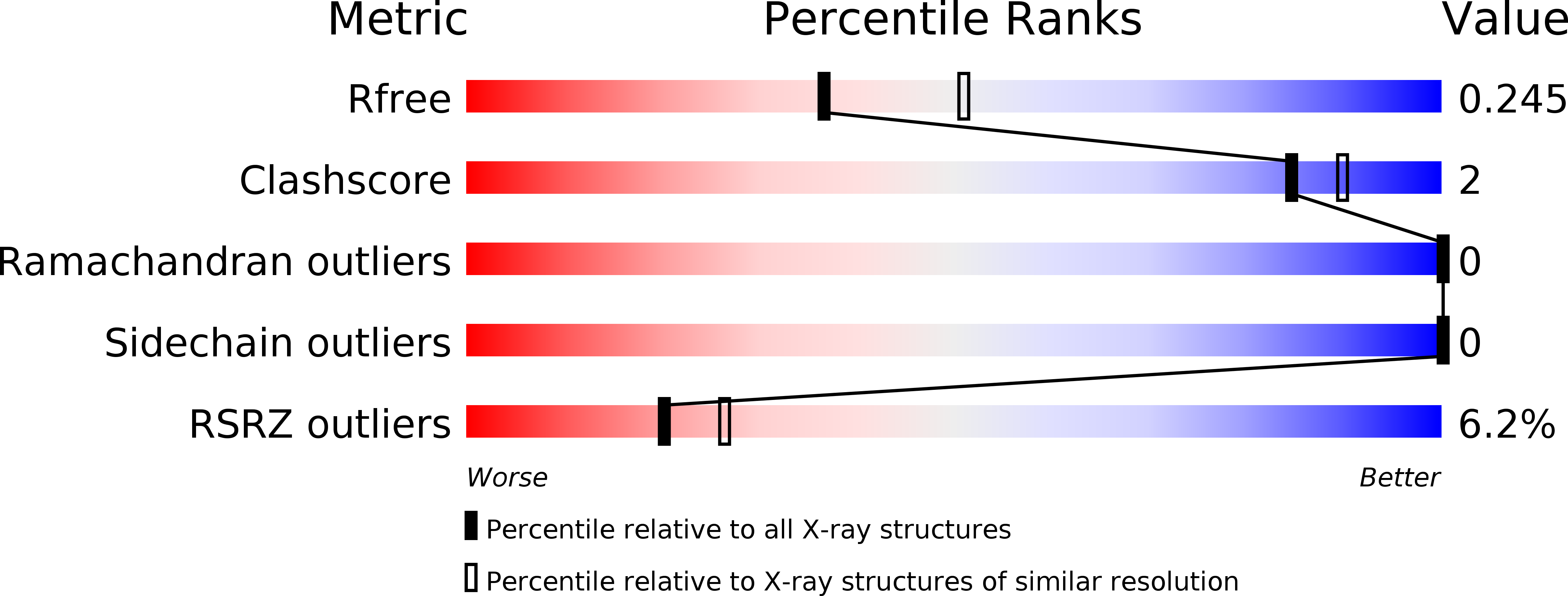
Deposition Date
2015-09-26
Release Date
2016-06-29
Last Version Date
2023-09-27
Entry Detail
PDB ID:
5E01
Keywords:
Title:
Crystal structure of HiNmlR, a MerR family regulator lacking the sensor domain, bound to palyndromic promoter DNA
Biological Source:
Source Organism:
Host Organism:
Method Details:
Experimental Method:
Resolution:
2.30 Å
R-Value Free:
0.24
R-Value Work:
0.21
R-Value Observed:
0.22
Space Group:
C 1 2 1


